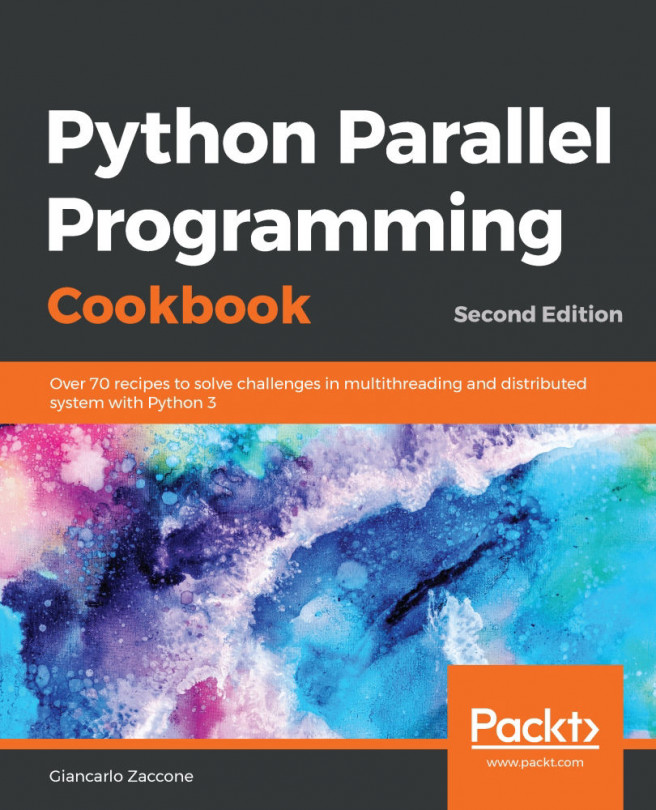A function in Python always returns a single object. If a function has to return more than one object, these are packed and returned as a single tuple object.
For instance, the following function takes a complex number  and returns its polar coordinate representation as magnitude
and returns its polar coordinate representation as magnitude  and angle
and angle  :
:
def complex_to_polar(z):
r = sqrt(z.real ** 2 + z.imag ** 2)
phi = arctan2(z.imag, z.real)
return (r,phi) # here the return object is formedcite
(See also Euler’s formula,  .)
.)
Here, we used the NumPy function sqrt(x) for the square root of a number x and arctan2(x,y) for the expression  .
.
Let's try our function:
z = 3 + 5j # here we define a complex number a = complex_to_polar(z) r = a[0] phi = a[1]
The last three statements can be written more elegantly in a single line:
r,phi = complex_to_polar(z)
We can test our function by calling polar_to_comp defined in Exercise 1 in the Exercises section.
If a function has no return statement, it returns the value...










































































